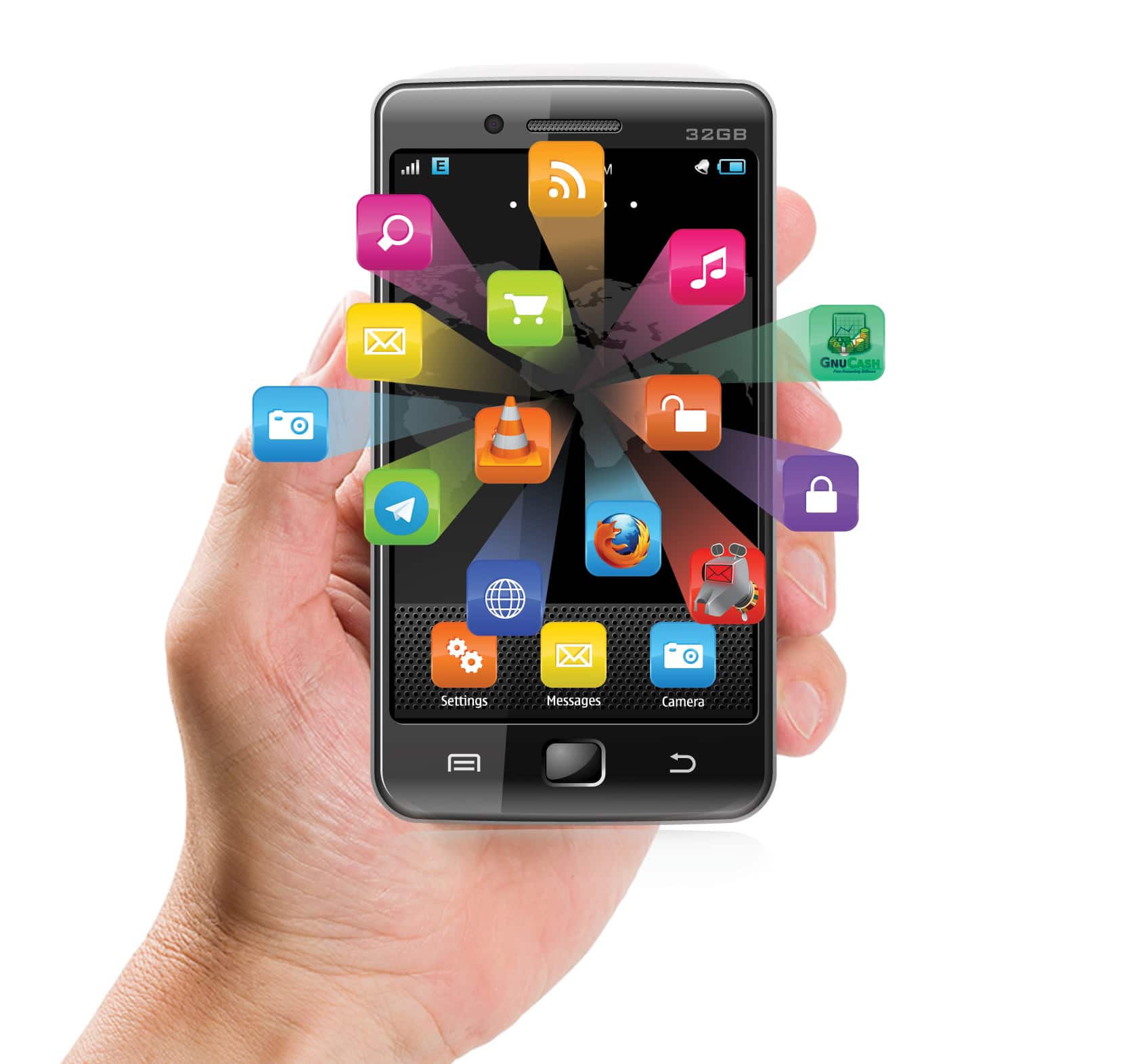
Smartphones lead a dominating role in every individual’s life. To get up in the morning with an alarm and put you to sleep with soothing music, smartphones play a significant role. Without WhatsApp, YouTube video and others, life cannot move even one step ahead. Surviving in the growing business demands also needs mobile apps. So what are the recent trends that will support the mobile app development in future?
IoT
Mobile apps have started leveraging Internet of Things (IoT). IoT and wearables are gaining momentum nowadays. From medical fields and education departments to smart homes and automobile industries, all the major fields have begun researching and connecting with IoT.
Apps for the Apple Watch have started thriving and will persist to see the light. Also, Google has released Android Things to increase IoT implementation. We already know that connected things are yet to receive some limelight. Therefore, apps are likely to make the base for smart devices. Smartphones and developers will keep exploring the new development to meet the diverse needs.
Going forward, IoT will allow mobile apps to connect with more devices and more customers. This interface will enable data collection and will contribute to improving the standard of life.
Using Wi-Fi and Bluetooth, wearables such as Apple Watches and fitness bands enabled users to get connected with their smartphones and allowed data transfer wirelessly.
Integrating AR or VR with utility
Apps that make use of augmented reality (AR) always come first in promoting purposes. AR apps will firmly conquer all the areas of work besides gaming. Fashion, real estate and retail will be the key areas to use more AR apps and entice customers. Apps with AR support will also make life easy for people.
AR and virtual reality (VR) have provided their magic in the gaming industry. Pokemon Go is already the biggest example of their success.
BYOD model and hybrid enterprise apps
Do you know a mobile app trend of 2017 that has deeply rooted in the users mind? Yes, you guessed it right; the ‘Bring Your Own Device’ model (BYOD) has got that recognition. The BYOD model has become part of many organisations. In the near future, hybrid enterprise apps will take the top seat. Hybrid apps run in the form of an app on mobile websites. This development will lead to a reduction in price over time, and in parallel, the mobile app development process will reach the sky.
Home emergency repair service HomeServe, with almost US$1 billion in revenues, has become the leading home assistant provider. By deploying Wandera (Web gateway for mobile and VMware AirWatch (the popular platform for enterprise mobility), HomeServe has successfully blocked more than thousand potential mobile software risks on a daily basis.
Progressive apps
Similar to hybrid mobile apps, progressive apps will make a significant impact on the future development of mobile apps. Users can make use of progressive apps at once, without spending time on downloading and installing the app.
Progressive web apps will rock the future mobile app concepts. They will act as a bridge between the internet experience and native app functionality. Progressive mobile apps can deliver both Android and iOS apps at the same time. Also, it lessens administration and maintenance by leveraging only one codebase.
India’s Flipkart utilised the progressive app approach that tripled the time on its site.
Machine learning, artificial intelligence (AI) And chatbots
Embedded artificial intelligence (AI) has already got some attention and become a significant innovation among app developers. But in the future, AI is expected to become a partner to the virtual worker in commerce, offering customer service and keep consumers directed toward products that best suit their requirements. Shoppers will also be able to make a list with the help of a personal AI assistant.
Google Translate is a leading example of an AI app. It offers easy translations through a user-friendly, machine learning approach. Carat App for Android is yet another best example using machine learning algorithms to suggest actions and hence saves the battery life.
Beacon/location-based services (LBS) capitalising on GPS
Beacons and GPS for mobile apps usage will leap northwards. Using an LBS or geofencing software, users will get an alert regarding the business in close vicinity. Brands have successfully installed beacons in their stores and send push notifications to their preferred clients. Thus, customers can travel with confidence to an establishment, instead of relying on their impressions.
This makes another milestone apart from usual mobile apps with GPS support. The best use case of LBS-powered apps is to show you the direction to reach any destination while on the move.
Cloud support
No surprise to hear that cloud technology contributes to the mobile app development. Every player, starting from a small business to a large-scale company, knows the value of the cloud. Cloud continuously proves successful by letting a fast, cost-effective and easily deployable application.
What could be more valuable than Google Drive, OneDrive, and Dropbox in 2017? Just wait for some more time to embrace other technically robust apps that can directly work on the cloud and occupy less space in your phone.
Privacy and security
Apps with privacy and security features are making the most in mobile app development trend. So far, third-party SDKs have gained all the importance. But in simpler words, security breaches, vulnerabilities and threats need attention immediately. All app developers constantly worry about the user data and performance of the app. Hence, focus on multifaceted validation algorithms to ensure development in the mobile app is likely to be highly productive in the coming future.
To prove successful in mobile app development, you need to be aware of the above eight trends. Stay updated to stand ahead in your business!












































































I would like to thank you for this information.